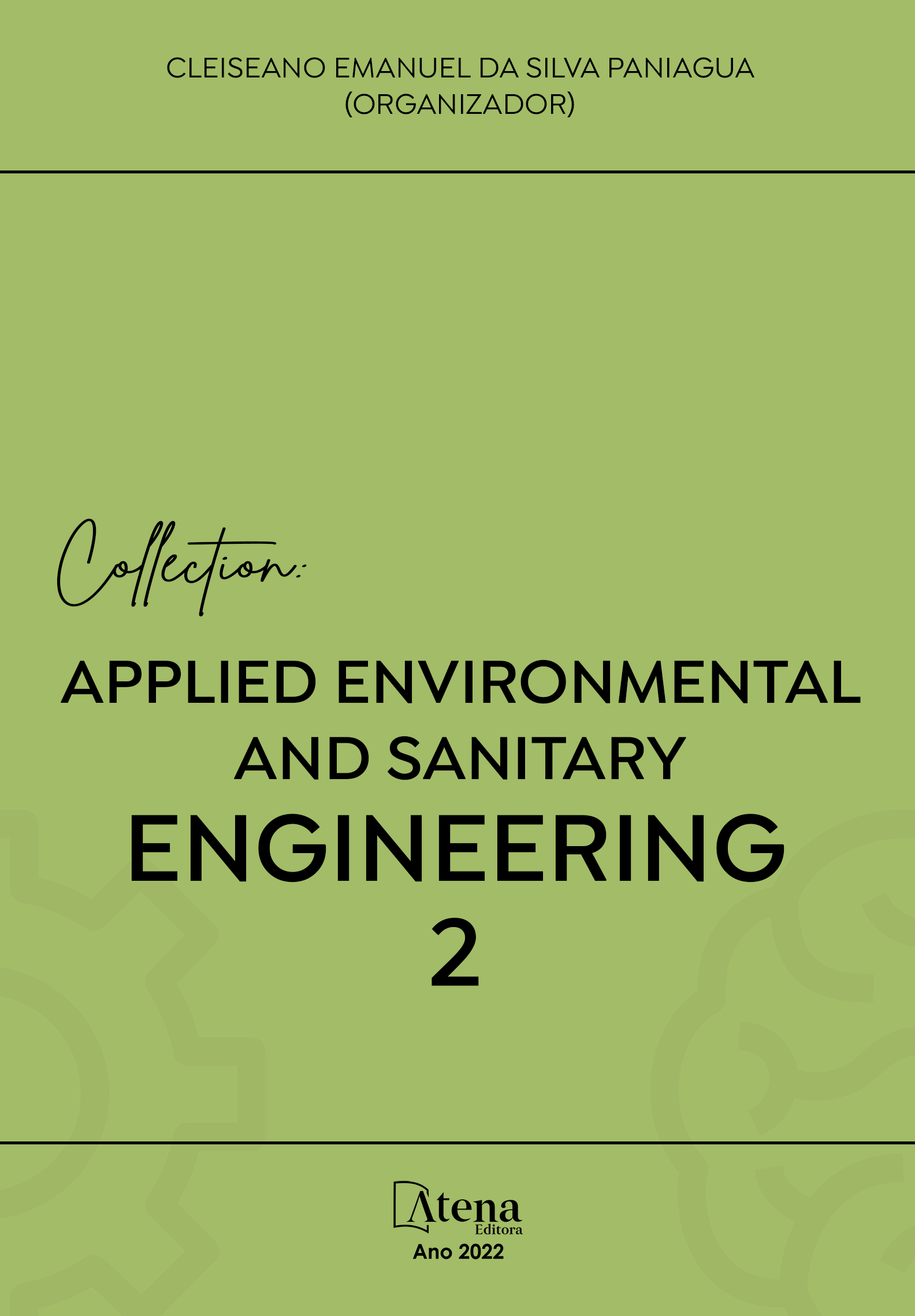
DEGRADAÇÃO DE ANTIDEPRESSIVOS RESIDUAIS E CAFEÍNA EM ÁGUA, ESGOTO DOMÉSTICO E LODO DE ESTAÇÃO DE TRATAMENTO EMPREGANDO FOTÓLISE DIRETA
Atualmente a presença de produtos farmacêuticos no meio ambiente é um tema que requer atenção, tendo em vista o risco ecotoxicológico sobre a biota. As tecnologias convencionais utilizadas em estações de tratamento tanto de água quanto esgoto não são eficientes para remover estes resíduos e os efeitos dessas substâncias não são bem conhecidos. Assim, estudou-se a degradação da cafeína e seis antidepressivos de amplo uso popular (venlafaxina, citalopram, fluoxetina, sertralina e amitriptilina) por fotólise direta. Foram realizados ensaios de degradação empregando um reator de bancada com capacidade para 100 mL equipado com fonte artificial de radiação composta por uma lâmpada de vapor de mercúrio de alta pressão (254 nm) e insolação natural. As soluções aquosas foram preparadas em água destilada e esgoto tratado na concentração de 5 mg L-1 e o pH 4. As determinações analíticas foram realizadas em espectrofotômetro UV-VIS duplo feixe e cromatografia líquida com detecção por fotodiodos. Os dados experimentais foram ajustados a modelos cinéticos a fim de obter as taxas de reação e o tempo de meia-vida nas condições estudadas. Foi observada maior degradação em matrizes complexas como esgoto e águas superficiais, indicando que a persistência depende também de espécies dissolvidas capazes de fazerem parte dos mecanismos de degradação. A cinética que aparentemente descreve a fototransformação dos compostos nas condições estudadas foi a de pseudo-primeira ordem. Os resultados apontam aplicação da fotólise direta como promissora para a degradação dos antidepressivos e cafeína em soluções aquosas contaminadas. Os resultados obtidos empregando luz solar sugerem a persistência dos microcontaminantes investigados quando expostos apenas a esta fonte de radiação no ambiente. A incidência de radiação solar varia com as estações do ano e a condição meteorológica, criando cenários específicos em que a possibilidade de fotólise natural é variável ou incerta.
DEGRADAÇÃO DE ANTIDEPRESSIVOS RESIDUAIS E CAFEÍNA EM ÁGUA, ESGOTO DOMÉSTICO E LODO DE ESTAÇÃO DE TRATAMENTO EMPREGANDO FOTÓLISE DIRETA
-
DOI: 10.22533/at.ed.88922030514
-
Palavras-chave: Poluentes emergentes; Fármacos; Persistência; Tratamento; Fotodegradação.
-
Keywords: Emerging pollutants; Drugs; Persistence; Treatment; Photodegradation.
-
Abstract:
Currently, the presence of pharmaceuticals in the environment is a topic that requires attention, in view of the ecotoxicological risk on the biota. Conventional technologies used in both water and sewage treatment plants are not efficient to remove these residues and the effects of these substances are not well known. Thus, the degradation of caffeine and six widely used antidepressants (venlafaxine, citalopram, fluoxetine, sertraline and amitriptyline) was studied by direct photolysis. Degradation tests were conducted using a benchtop reactor with a capacity of 100 mL equipped with an artificial source of radiation composed of a high-pressure mercury vapor lamp (254 nm) and natural insolation. The aqueous solutions were prepared in distilled water and treated sewage at a concentration of 5 mg L-1 and pH 4. Analytical determinations were conducted in a double beam UV-VIS spectrophotometer and liquid chromatography with photodiode detection. Experimental data were fitted to kinetic models to obtain reaction rates and half-life under the conditions studied. Greater degradation was observed in complex matrices such as sewage and surface waters, indicating that persistence also depends on dissolved species capable of being part of the degradation mechanisms. The kinetics that describes the phototransformation of the compounds under the conditions studied was pseudo-first order. The results point to the application of direct photolysis as promising for the degradation of antidepressants and caffeine in contaminated aqueous solutions. The results obtained using sunlight suggest the persistence of the investigated microcontaminants when exposed only to this source of radiation in the environment. The incidence of solar radiation varies with the seasons and weather conditions, creating specific scenarios in which the possibility of natural photolysis is variable or uncertain.
-
Número de páginas: 20
- Adelmo Lowe Pletsch
- Yohandra Reyes Torres
- Ismael Laurindo Costa Junior


